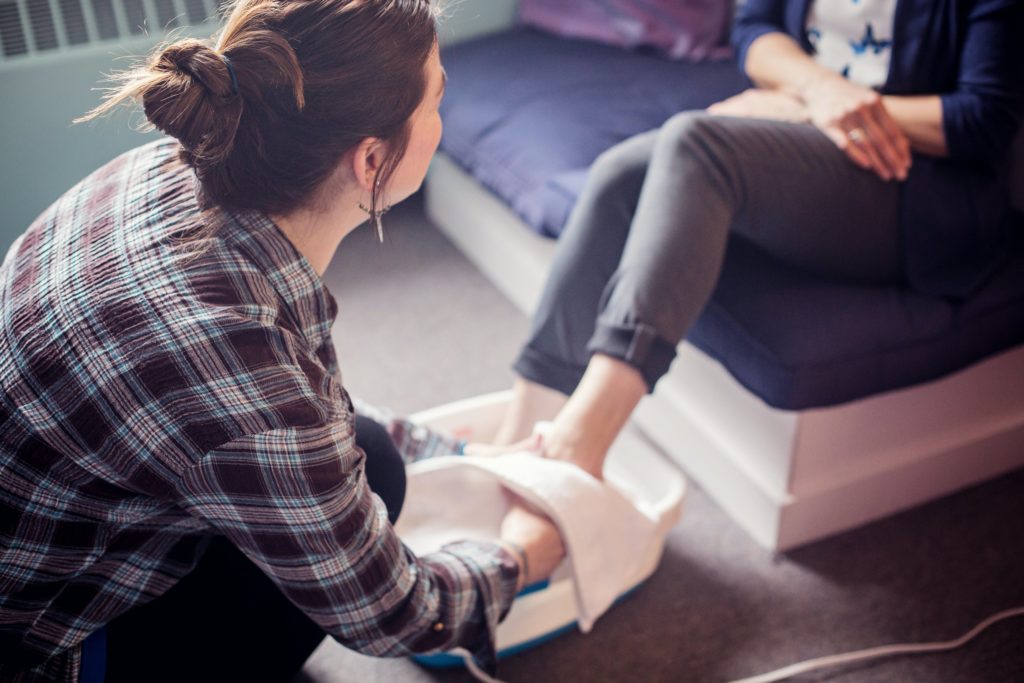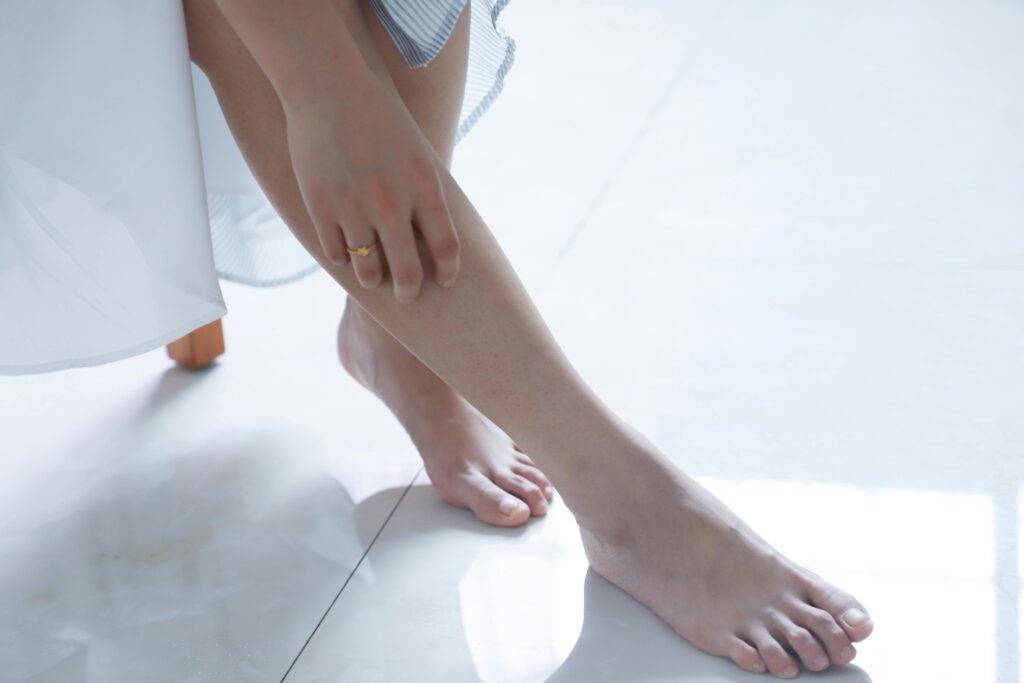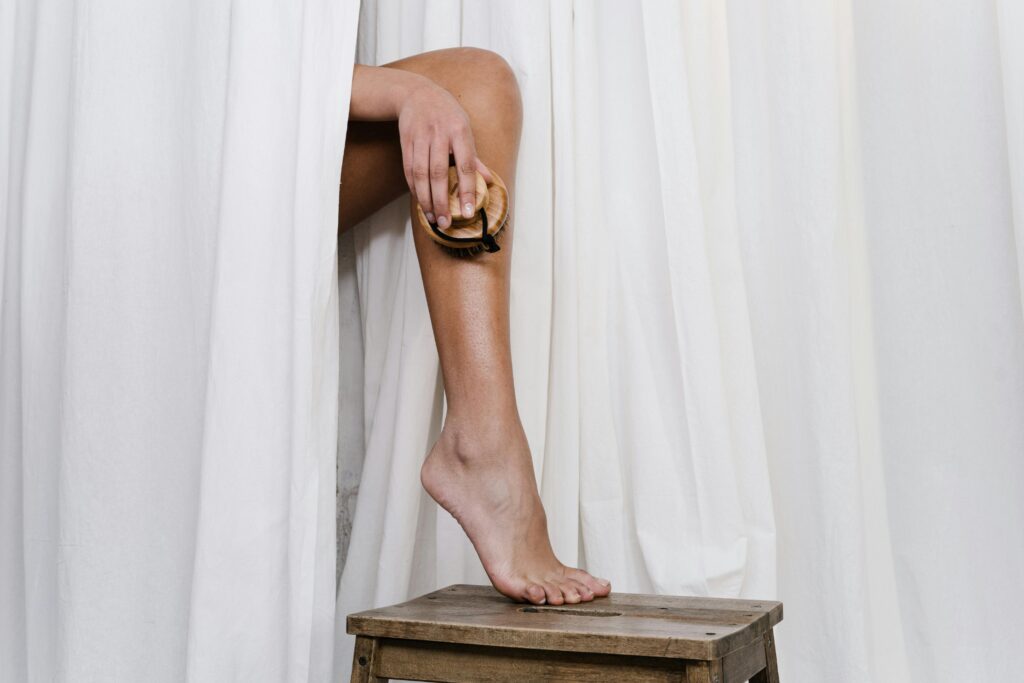Finding the right shoes is essential for maintaining foot health and overall comfort. The wrong footwear can lead to various issues, including pain, poor posture, and even long-term problems like bunions or plantar fasciitis. With so many options available, selecting the right shoes might seem overwhelming, but understanding a few key factors can make it easier. This guide will help you choose shoes that not only feel good but also support your feet.
Key Factors to Consider When Choosing Shoes
Choosing shoes for comfort and foot health involves more than just style or brand preference. You need to focus on several critical factors to ensure the best fit and support.
1. Size and Fit
The most important factor when choosing shoes is the fit. Ill-fitting shoes can cause blisters, calluses, and other foot problems. Always ensure there’s enough room in the toe box—about half an inch between your longest toe and the end of the shoe. Shoes that are too tight can cause painful conditions like bunions, while shoes that are too loose may cause instability and discomfort.
2. Arch Support
Your foot arch plays a crucial role in distributing weight and absorbing impact. Different people have different arch types—flat, neutral, or high arches. It’s important to choose shoes that provide the right amount of support for your specific arch type. Shoes with insufficient support can lead to problems such as plantar fasciitis or shin splints.
- Flat arches need shoes with motion control and stability to prevent overpronation.
- High arches require cushioned shoes to absorb impact and provide shock absorption.
3. Cushioning and Shock Absorption
Shoes with good cushioning reduce the impact on your feet and joints. This is especially important for people who stand or walk for long periods. Cushioning in the heel and forefoot areas can help prevent pain in the heels, knees, and lower back. Look for shoes made from materials like EVA foam, which is lightweight and offers excellent shock absorption.
4. Breathability
Breathability is an essential factor in foot health, especially for people who are on their feet all day or engage in physical activities. Shoes made from breathable materials, such as mesh or leather, allow air to circulate and prevent sweat buildup. This helps reduce the risk of blisters, fungal infections, and unpleasant odors.
5. Heel Height
The height of the shoe’s heel can significantly affect your comfort. While high heels may look stylish, they can place a lot of pressure on the ball of the foot and lead to issues like joint pain or hammertoes. Ideally, choose shoes with a low to moderate heel height. For everyday wear, a heel height of 1 to 2 inches is generally best for both comfort and foot health.
6. Sole Flexibility and Grip
The shoe’s sole should be flexible enough to allow natural foot movement while providing a solid grip for stability. A sole that’s too stiff can cause discomfort, while one that’s too thin or slippery increases the risk of slips and falls. Look for rubber soles or shoes with grooves for better traction.
7. Activity-Specific Shoes
Different activities require different types of shoes. Running shoes, for example, are designed to absorb shock, while walking shoes focus on stability. When buying shoes, think about how they’ll be used. If you’re buying shoes for a specific sport or activity, choose footwear designed for that purpose to provide the right level of support and cushioning.
8. Toe Box Width
A wide toe box is essential for giving your toes enough room to spread naturally. This is especially important for people with conditions like bunions or hammertoes, as tight toe boxes can worsen these issues. Always opt for shoes that allow your toes to move freely without feeling cramped.
How to Test Shoe Fit
Once you’ve found shoes that meet the above criteria, it’s time to test them for fit. Here are a few steps to ensure your shoes fit properly:
- Try Shoes in the Afternoon: Your feet tend to swell throughout the day, so it’s best to shop for shoes in the afternoon or evening when your feet are at their largest.
- Walk Around: Walk around in the shoes for several minutes. Pay attention to how your feet feel. Do the shoes pinch or rub in any areas? Do they feel supportive?
- Check for Immediate Comfort: Shoes should feel comfortable right away. Don’t rely on the idea that they’ll “break in” over time.
- Wear Appropriate Socks: If you typically wear socks with your shoes, make sure to wear them when trying on shoes to ensure an accurate fit.
Conclusion
Choosing the right shoes is essential for maintaining foot health and comfort. By paying attention to factors like size, arch support, cushioning, and breathability, you can avoid foot pain and long-term foot problems. Shoes that fit well and support your feet will not only improve your daily comfort but also contribute to your overall health.
FAQs
1. How do I know if my shoes have enough arch support?
You can check for arch support by paying attention to how your feet feel after wearing the shoes for an extended period. If you experience pain in your arches or heels, the shoes may not offer adequate support. Specialized insoles can also provide additional arch support.
2. Are high heels bad for foot health?
High heels can cause several foot problems, including pain, bunions, and hammertoes. Wearing high heels occasionally is fine, but for everyday wear, opt for shoes with a lower heel for better comfort and foot health.
3. How often should I replace my shoes?
Shoes typically need to be replaced every 300 to 500 miles of walking or running, depending on the type of activity. If the soles are worn out or you notice reduced support, it’s time for a new pair.
4. Can tight shoes cause long-term foot problems?
Yes, tight shoes can lead to issues like bunions, hammertoes, and calluses. Always ensure your shoes fit properly with enough room in the toe box to avoid long-term foot damage.
5. What type of shoes are best for flat feet?
People with flat feet need shoes that offer stability and motion control. Look for shoes with good arch support and a firm midsole to prevent overpronation.



